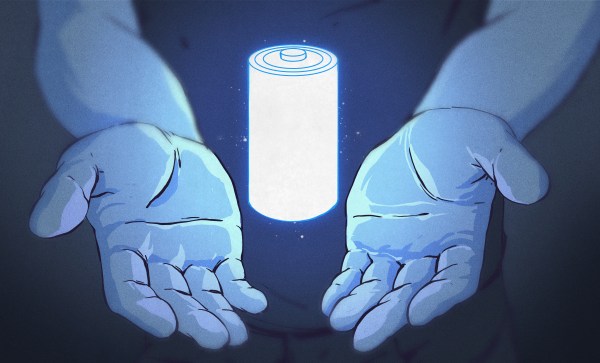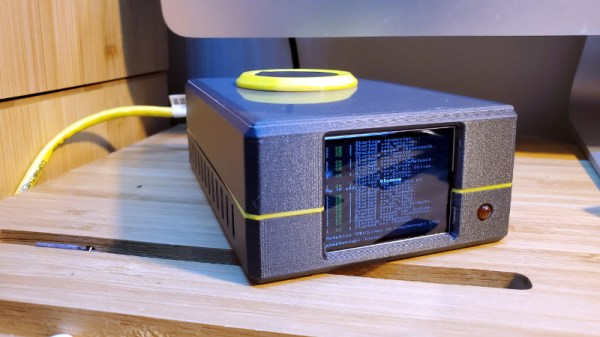Lithium ion batteries have been a revolutionary technology. Their high energy and power density has made the electric car a practical reality, enabled grid storage for renewable energy, and put powerful computers in the palm of the hand. However, if there’s one thing humanity is known for, it’s always wanting more.
Potential contenders for the title of ultimate battery technology are out there, but it will take a major shift to dethrone lithium-ion from the top of the tree.
Dominant For Good Reason
Lithium-ion batteries were first developed by Stanley Whittingham, working at Exxon, who were looking to diversify away from oil in the midst of the major energy crises of the 1970s. Over the years, the technology was developed further, with work by John Goodenough (a superb hacker name if we’ve ever heard one) and Akira Yoshino increasing performance with improved cathode and anode materials. Commercialization was first achieved by Keizaburo Tozawa, working at Sony to develop a better battery for the company’s line of camcorders. Continue reading “Potential Contenders For Battery Supremacy”















